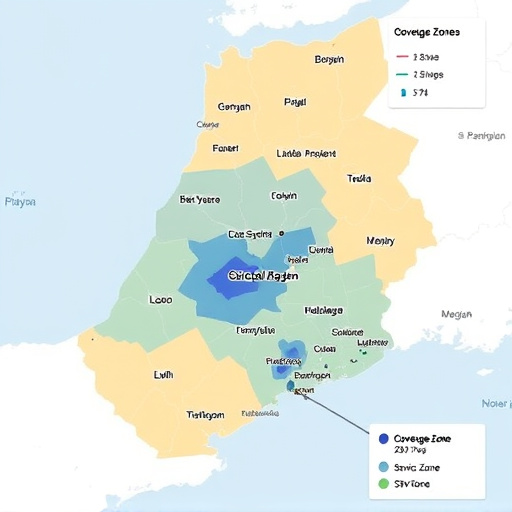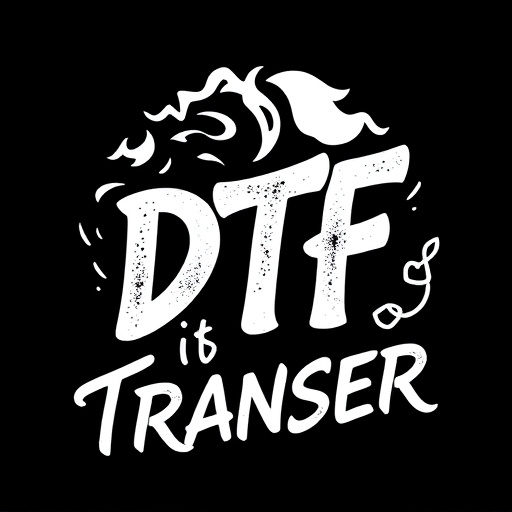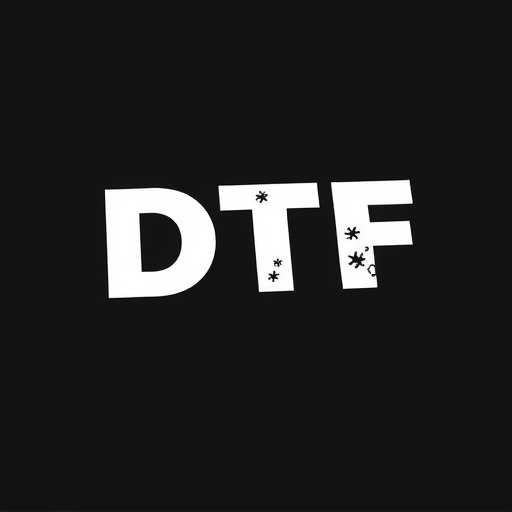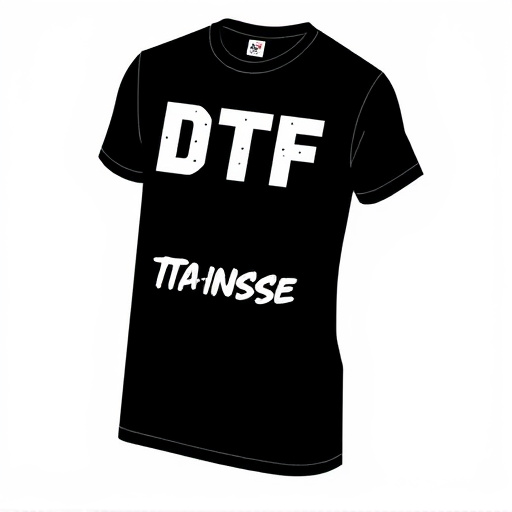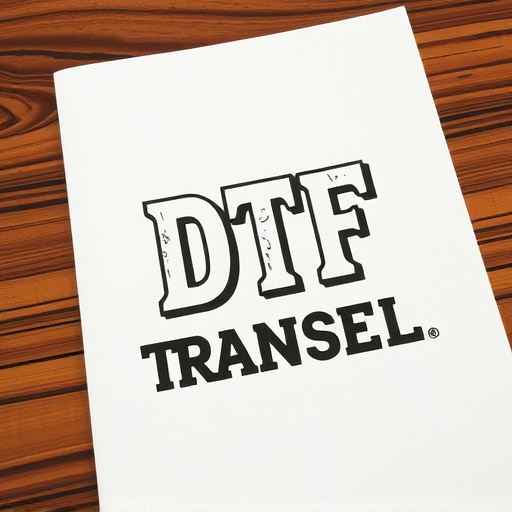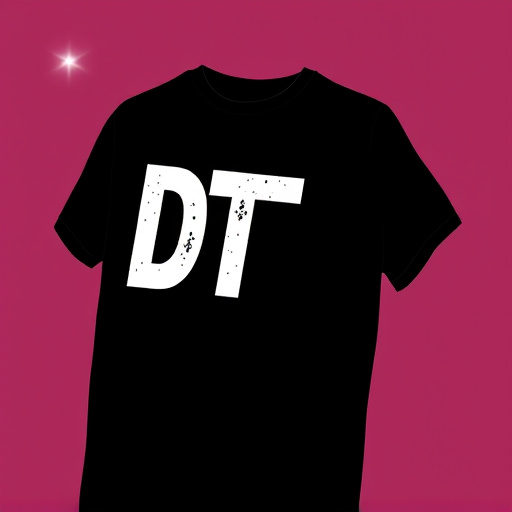Digital Thermal (DTF) transfer technologies offer a revolutionary approach for small businesses aiming to preserve and showcase cinematic art. From film scanning to printing, DTF ensures high-quality digital file creation and accurate color reproduction on various materials. This efficient process, utilizing specialized printers, enables swift production of vibrant prints suitable for multiple platforms, enhancing visual experiences across industries while keeping costs down.
In today’s competitive market, smaller commercial operations are seeking efficient and cost-effective print solutions. Digital Film Transfer (DTF) offers a game-changing approach, revolutionizing the way businesses create high-quality prints on demand. This article delves into the world of DTF, exploring its advantages for smaller businesses, the underlying printing process, essential equipment choices, best practices, and real-world case studies. Discover how DTF can transform your commercial operations with superior print quality and enhanced efficiency.
- Understanding Digital Film Transfer: A Brief Overview
- The Advantages of DTF Transfer for Smaller Operations
- How DTF Printing Works: A Step-by-Step Process
- Choosing the Right Equipment: Essential Components for DTF Transfer
- Best Practices for High-Quality DTF Prints
- Case Studies: Successful Implementation of DTF Transfer in Small Commercial Spaces
Understanding Digital Film Transfer: A Brief Overview

Digital Film Transfer (DFT), or DTF Transfer as it’s often called, is a revolutionary process that facilitates the conversion of traditional film footage into digital formats. This technology plays a pivotal role in smaller commercial operations by offering an efficient and cost-effective way to preserve and share cinematic art. By employing specialized equipment and software, DTF involves scanning and digitizing film frames, ensuring intricate details and vibrant colors are captured accurately.
The process begins with the preparation of the physical film, followed by its careful feeding into a digital scanner. This scanner analyzes each frame, converting it into a digital file that can be stored, edited, or printed using modern DTF Printing techniques. These prints match the quality and clarity of the original film while offering the flexibility to display content on various digital platforms, making them ideal for smaller screens and venues.
The Advantages of DTF Transfer for Smaller Operations
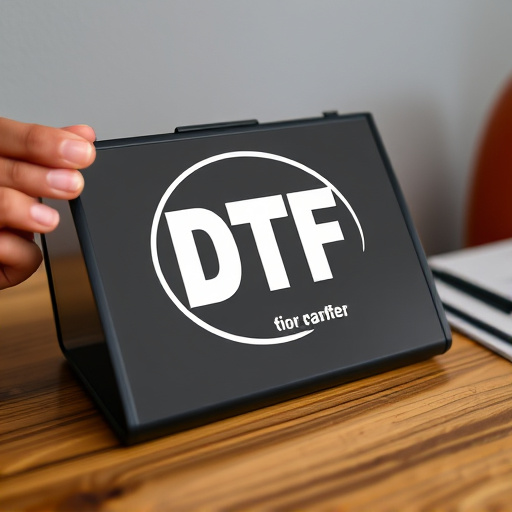
For smaller commercial operations looking to scale their film transfer solutions, Digital Thermal Transfer (DTF) printing offers a range of distinct advantages. One of the key benefits is its efficiency; DTF technology enables high-speed production of prints from films, streamlining workflows and reducing turnaround times significantly. This speed is particularly valuable for businesses with tight deadlines or those handling multiple projects simultaneously.
Additionally, DTF Transfer provides exceptional print quality, ensuring that fine details and colors from original films are accurately replicated. Its versatility allows for a wide range of media types to be printed, accommodating various film formats and resolutions. This capability is a game-changer for smaller operations, enabling them to produce professional prints without the need for specialized equipment or extensive training.
How DTF Printing Works: A Step-by-Step Process
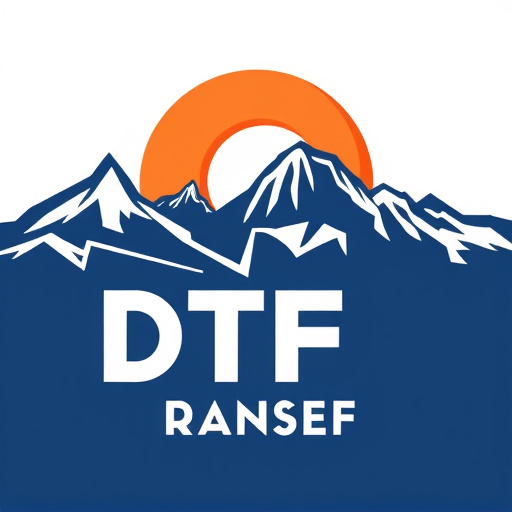
Direct-to-film (DTF) printing is a cutting-edge transfer solution that offers precise and vibrant results for smaller commercial operations. This process involves a step-by-step methodology ensuring optimal print quality. Firstly, the design is digitally prepared and printed onto a transparent film using specialized inkjet printers. The film is then precisely aligned over the substrate, whether it’s fabric, wood, or metal. A heat press is used to fuse the ink from the film onto the substrate, creating a permanent and crisp print.
The DTF transfer process continues with careful removal of the backing film, revealing the complete print on the substrate. This method allows for detailed and colorful prints, making it ideal for smaller-scale commercial projects that require high-quality, long-lasting results. DTF Printing caters to various industries, enhancing the visual appeal of products without breaking the bank.
Choosing the Right Equipment: Essential Components for DTF Transfer

Choosing the right equipment is paramount when scaling film transfer solutions for smaller commercial operations. Digital Transference (DTF) Transfer, a cutting-edge process that combines digital printing and traditional screen printing, offers unparalleled versatility and efficiency. Essential components include high-resolution printers capable of producing DTF prints with sharp details and vibrant colors, ensuring the final products meet the desired aesthetic standards. Additionally, robust and precise registration systems are crucial to aligning layers perfectly, resulting in seamless multi-color designs that pop on a variety of surfaces.
While selecting hardware, consider the specific requirements of your projects, such as print size, material compatibility, and production speed. Advanced DTF printers often incorporate features like automated feed mechanisms and custom design software integration, streamlining workflows and reducing setup times. These investments in the right equipment will not only enhance the quality of your DTF prints but also contribute to a more efficient and profitable commercial operation.
Best Practices for High-Quality DTF Prints

To achieve high-quality DTF (Direct to Film) prints for smaller commercial operations, best practices should be followed throughout the process. Firstly, ensure that all film materials are top-grade and suitable for DTF transfer technology. Using high-resolution negatives or positives guarantees crisp and detailed prints. Calibrated printing machines with precise settings are essential, allowing for accurate color reproduction and consistent dot gain. Regular maintenance of equipment is crucial to maintain optimal performance, minimizing imperfections in final prints.
Additionally, proper preparation of the substrate is vital. Cleanliness and surface smoothness are key; any contaminants or roughness can affect print quality. Pre-treating substrates with suitable coatings may enhance adhesion and improve overall DTF printing outcomes. Consistent use of these best practices will result in exceptional DTF prints that meet the standards required for smaller commercial operations, ensuring satisfied customers and fostering business growth.
Case Studies: Successful Implementation of DTF Transfer in Small Commercial Spaces
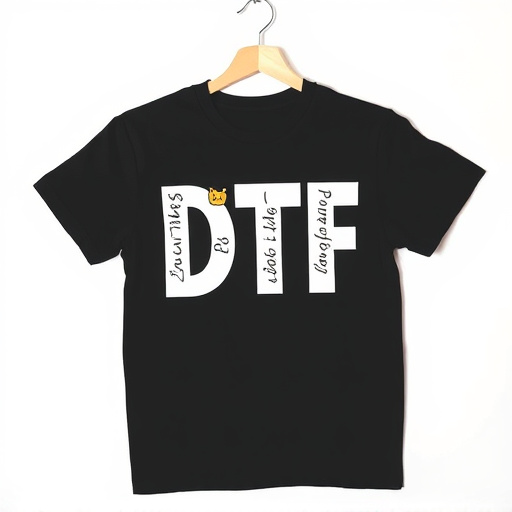
In recent years, the Digital Thermal Transfer (DTF) printing process has proven to be a game-changer for smaller commercial operations seeking high-quality, cost-effective film transfer solutions. Case studies from various industries highlight its successful implementation in spaces traditionally dominated by larger, more resource-intensive methods. For instance, specialty print shops have adopted DTF to offer personalized, on-demand printing services, catering to niche markets with intricate design requirements. These businesses have witnessed a surge in customer satisfaction due to the exceptional detail and precision of DTF prints, all while maintaining a compact workflow that accommodates rapid turnaround times.
Moreover, retail stores and pop-up shops are leveraging DTF technology to create dynamic visual displays without breaking the bank. By printing directly onto various media, from vinyl banners to fabric, businesses can transform their spaces into vibrant, engaging environments. This versatility has not gone unnoticed by marketing agencies, who now incorporate DTF prints into their event styling and temporary signage solutions, further expanding its reach within the small commercial sector.




